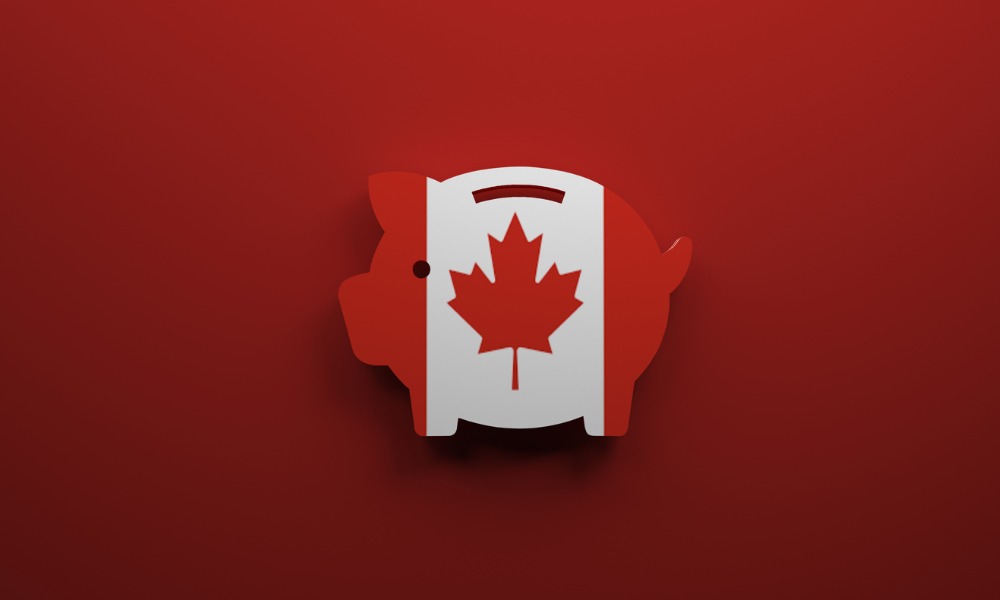
Majority are not considering unexpected expenses in retirement savings, finds report

Many Canadians nearing retirement are in bad shape financially, according to a recent report from the Ontario Securities Commission (OSC).
A majority (53%) of Canadians aged 50 years or older who are not yet retired report their financial situation is strong, including 6% who say it’s very strong.
However, 24% rate their current financial situation as poor, with 22% saying it’s neither strong nor poor, finds the survey of 1,500 Canadians 50 years of age or older – including 878 Canadians currently retired and 622 Canadians not yet retired – conducted from March 1 to April 18, 2023.
Comparatively, 66% of retirees rate their current financial situation as strong, including 12% who say it’s very strong. Only 15% rate their current financial situation as poor, and 18% say it’s neither strong nor poor.
About 19.5 million Canadians are currently facing financial vulnerability, according to a previous report from the Financial Resilience Institute.
OSC’s study finds that the most common financial concern for both retirees and pre-retirees are:
Pre-retirees are saving for the time they stop working in a variety of ways, including:
One thing that most pre-retirees do not seem to be preparing for, however, is unexpected expenses, according to the report.
Specifically, 49% among those who currently save for their retirement have considered it but have not incorporated it into their retirement savings plan, while 12% don’t think this is something they need to consider.
About a third (32%) have addressed this in their retirement plans, including 22% who have done so by increasing the amount they anticipated needing.
Saving up for the unexpected is a must, especially because, for some, the time of employment can be cut short.
Specifically, 44% of retirees retired earlier than expected, and health related concerns or issues including disability (33%) is the top reason.
Meanwhile, 12% retired later than expected. And while enjoying working and wanting to continue working longer than they had planned (47%) is the top reason, many were forced to do so because of financial issues:
Among late retirees, about one in 10 say:
Canadian employees could need $1.7million in order to retire, according to a previous report.
Here’s how employers can help workers save for retirement, according to ADP’s David Rodeck: